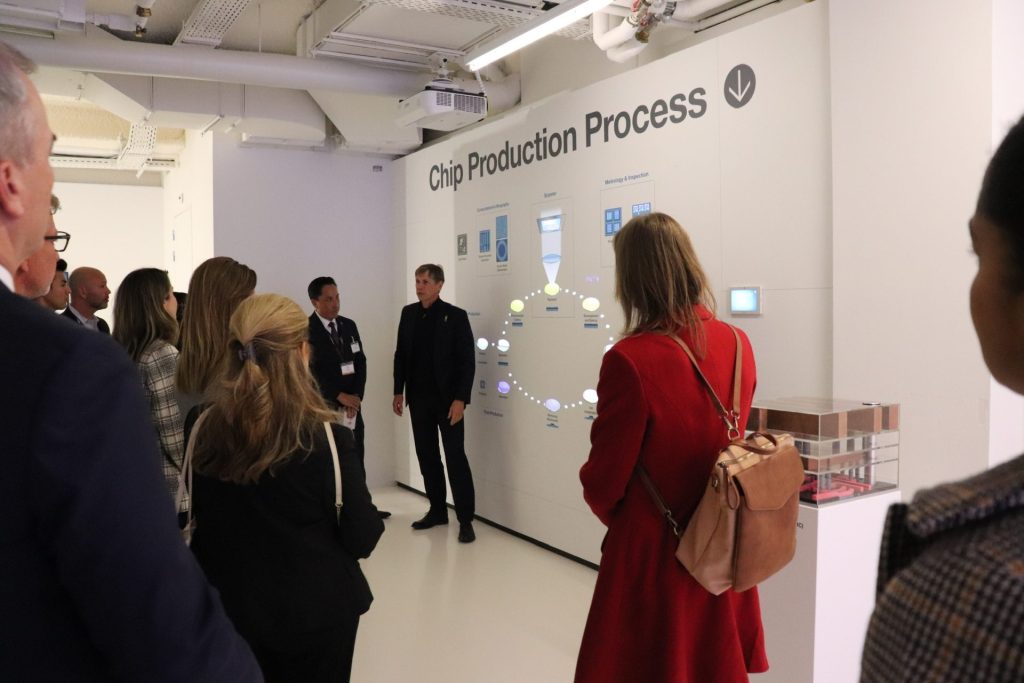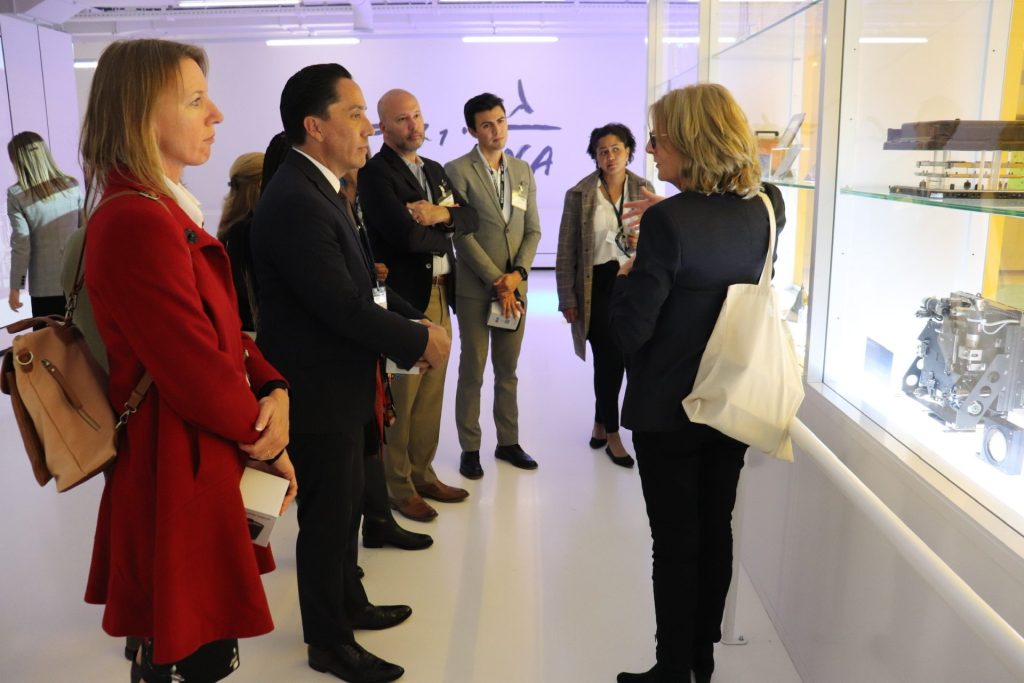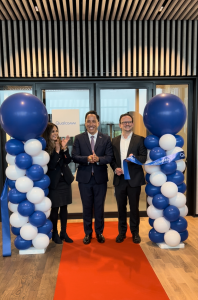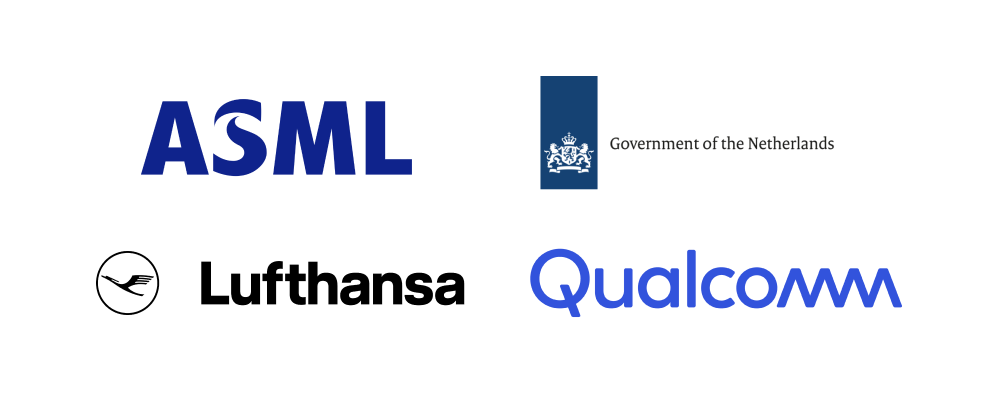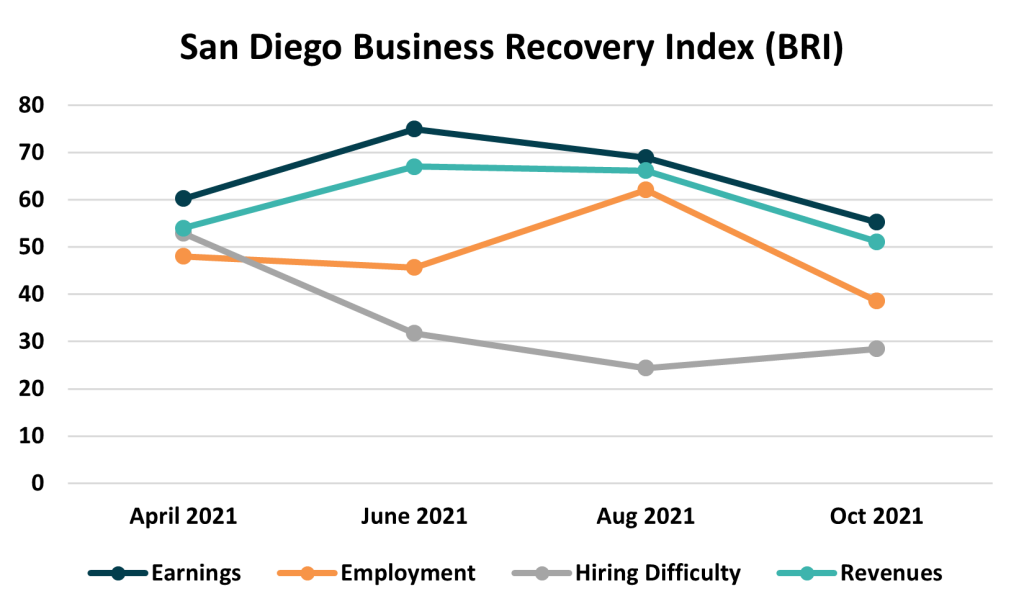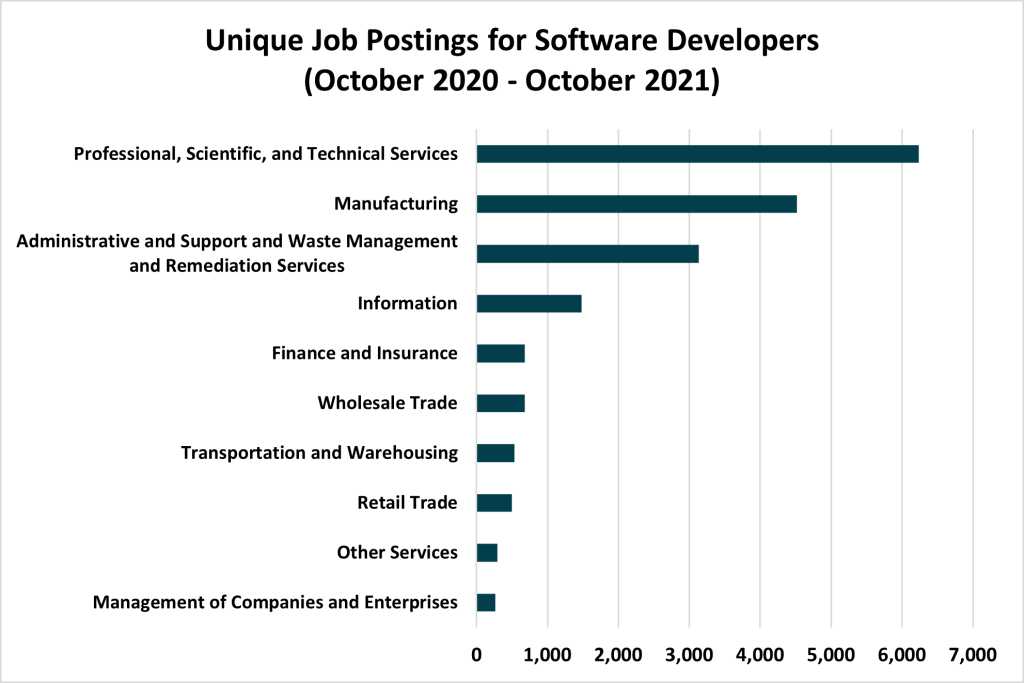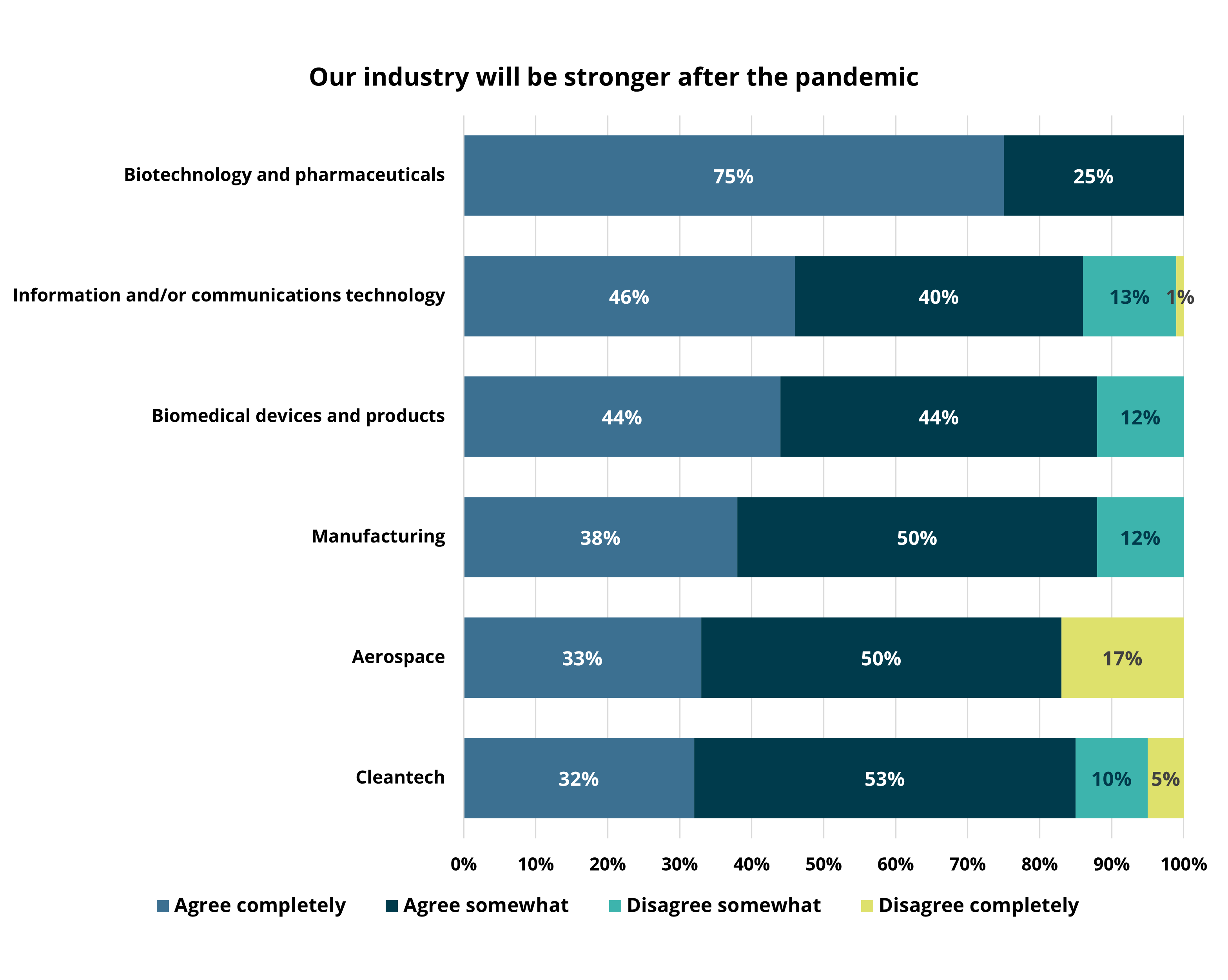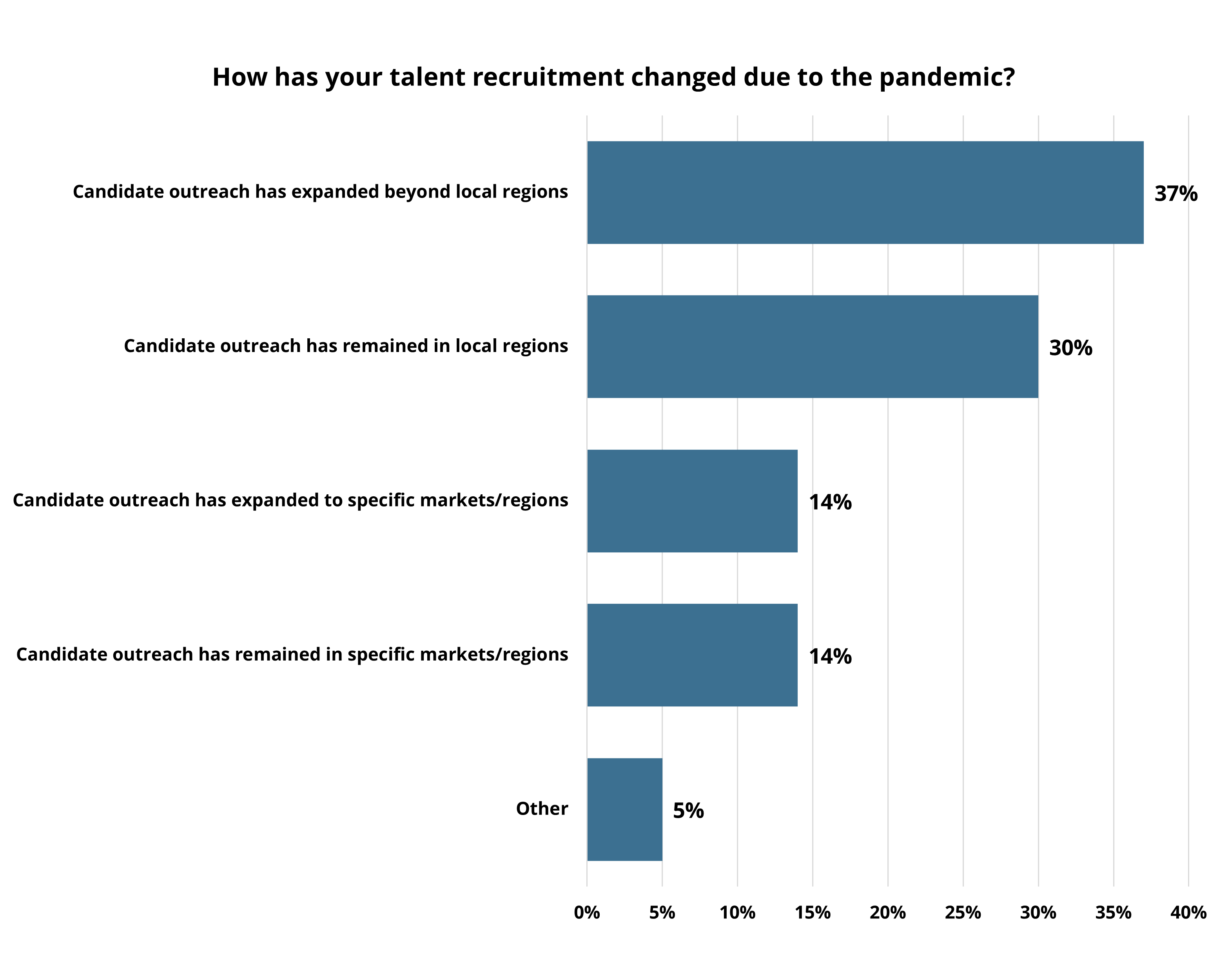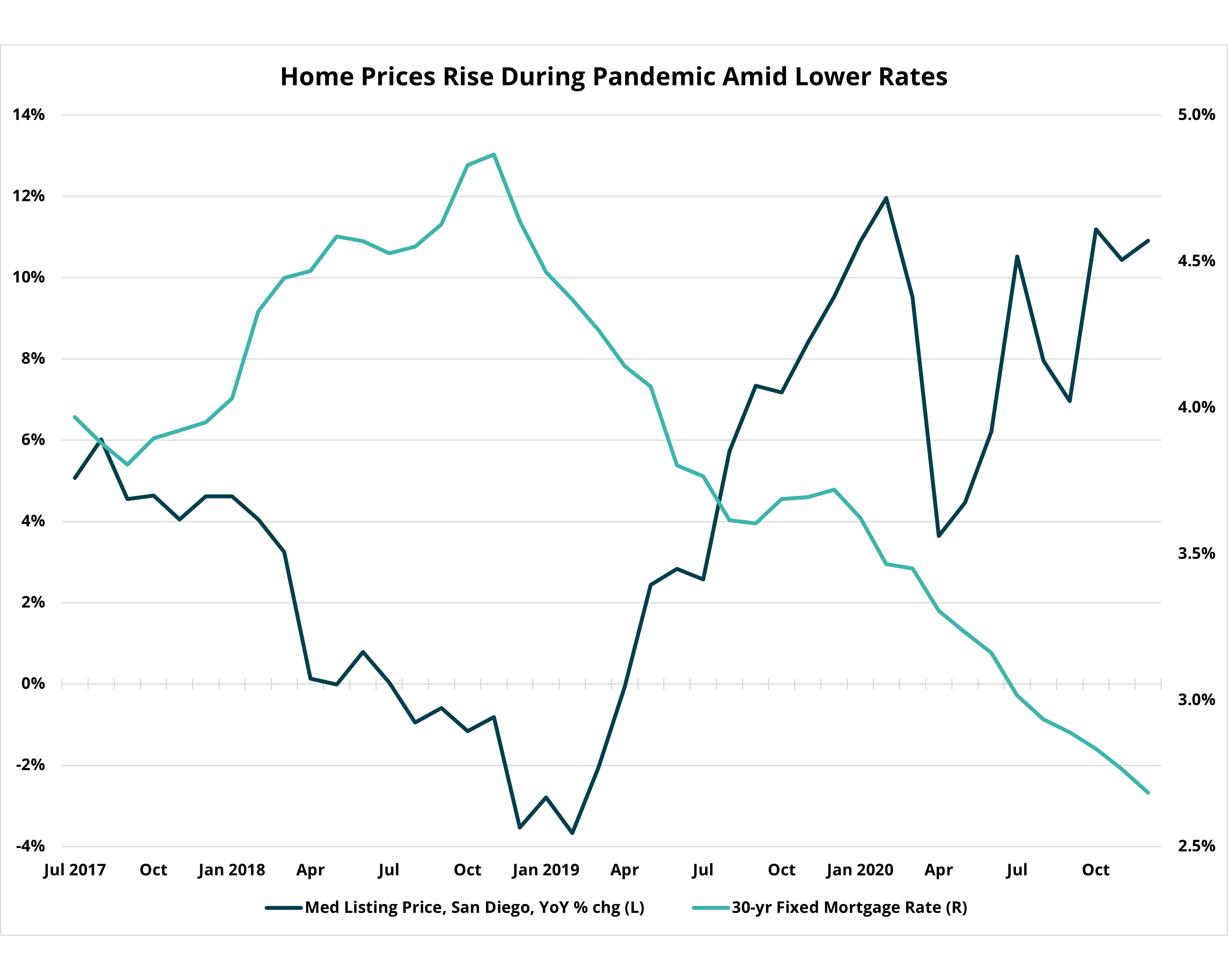WORLD TRADE CENTER SAN DIEGO CONVENES REGIONAL LEADERS TO HELP BUSINESSES IN SAN DIEGO MEGA-REGION EXPAND GLOBALLY, CREATE LOCAL JOBS
In order to foster vital global economic partnerships, Congressman Scott Peters, San Diego Councilmember Raul Campillo, and World Trade Center San Diego (WTCSD), the international arm of San Diego Regional Economic Development Corporation (EDC), are leading the 2024 trade delegation to Singapore. During the September 30—October 4 trade mission, business and civic leaders will promote the region’s key industries and seek to establish and strengthen business relationships across biotechnology, medical devices, advanced manufacturing, and urban infrastructure.
A generational shift in U.S. industrial strategy aimed at reducing reliance on China, coupled with federal legislation like the Chips and Science and Infrastructure Investment and Jobs Acts, position Singapore as a natural partner in advanced industries. As national governments continue to incentivize the reshoring and nearshoring of activities, gateway regions like Singapore-Malaysia in Asia and San Diego-Tijuana in the Americas are perfectly positioned to take advantage of these global shifts.
“Singapore’s strategic position and expertise in innovation industries make it an ideal partner for our San Diego-Tijuana binational region,” said Congressman Scott Peters. “This trip with World Trade Center San Diego will help strengthen our global brand, drive investment, and bolster the resilience of our local businesses.”
Home to the world’s busiest transshipment port and border crossing, Singapore is a highly developed center for global trade and a hub for U.S. companies conducting business in Asia. Situated in one of the most strategically important locations on the planet, the city-state boasts a free and business-friendly economy with low corruption, low tax rates, a skilled workforce, and world-class infrastructure.
As the U.S. strengthens its alliances in Southeast Asia, San Diego finds in Singapore an economy with shared expertise in knowledge-intensive industries, including artificial intelligence, medical device manufacturing, and information communications technology. Singapore boasts satellite operations for some of San Diego’s premier innovators including Qualcomm, ResMed, and Illumina. Further, Singapore has poured $12.8 billion in FDI into the U.S. since 2019 in industries such as manufacturing, information communications technology, and energy. The U.S. has matched that amount, investing $12.5 billion during the same time period. Looking closer, Singapore is the #10 country investing venture capital into San Diego by deal count, just behind Denmark and India (2014—2020), primarily in the medical equipment and technology industries. Singapore also shares in San Diego’s binational identity, with Singapore-Johor seeing nearly 1.6x the number of border crossings per day compared to San Diego-Tijuana’s border (450,000 and 283,000, respectively).
“Guided by data and shifting geopolitics, each year WTCSD leads a trade mission to a strategic international metro. For 2024, Singapore was a standout choice for our delegation of public-private leaders,” said Nikia Clarke, executive director of World Trade Center San Diego and senior vice president at San Diego Regional EDC. “As gateway regions, Singapore-Malaysia in Asia and San Diego-Tijuana in the Americas will anchor the critical supply chains of the future. We’re here to deepen international ties and maximize our economic impact.”
Over the four-day trade mission across Singapore, San Diego will look to build lasting institutional relationships and attract foreign investment in industries critical to the future.
Agenda items include:
- The celebration of a recent partnership between UC San Diego and National University Singapore, as well the exploration of new opportunities around soft-landing space with Singapore commercial real estate developer CapitaLand
- Opportunities to showcase San Diego-Tijuana and major regional development projects for foreign investors, including innovation developments by San Diego State University and Alexandria Real Estate Equities, Inc.
- Local, small- to mid-sized businesses Biolinq and Visaic will pitch to global investment firm Temasek
- Meetings with Port, Airport, Border, and infrastructure partners to better connect our regions through nonstop air and liner service, as well as sharing energy transition and urban development innovations
- Government convenings with Deputy Prime Minister of Singapore Gan Kim Yong and other dignitaries
- Formal meetings and tours of major employers in both regions, including Illumina, ResMed, as well as the Mandai Wildlife Group—a peer of the San Diego Zoo Wildlife Alliance
Delegates will participate in upwards of 15 meetings over the course of the trade mission, sharing best practices and driving business connectivity across many verticals. The two dozen San Diego delegates include representatives from Cubic, Mitsubishi Electric, Qualcomm, San Diego Zoo Wildlife Alliance, and smaller businesses including Visaic and Biolinq. Also in attendance are delegates from key agencies, academic institutions, and civic organizations such as Port of San Diego, San Diego International Airport, UC San Diego, San Diego State University, MiraCosta College, Tijuana EDC, San Diego Tourism Authority, Connect, and others.
“As San Diego’s Economic Development Chair, I have two key goals: creating high-paying jobs and lowering costs for families in our city,” said San Diego City Councilmember Raul Campillo. “International trade and partnerships with businesses in Singapore and elsewhere bring advanced technology, high-skill workers, and robust tourism and investment to our local region. This strengthens our economy and delivers benefits like more affordable products that our citizens will see in their day-to-day lives.”
The trade mission is organized by World Trade Center San Diego, the international team at EDC, with assistance and support provided by the U.S. Embassy in Singapore, and sponsorship by Qualcomm, Ambix Ventures, San Diego Tourism Authority, and the San Diego Zoo Wildlife Alliance.
Learn more about Singapore and San Diego’s connection here, and follow along during the trade mission: #SDinSG.
WTCSD has previously led trade missions to South Korea, The Netherlands, Germany, the United Kingdom, Japan, Vancouver, and more.
For media queries or other questions, contact:

Bree Burris
Sr. Director, Communications & Community Engagement
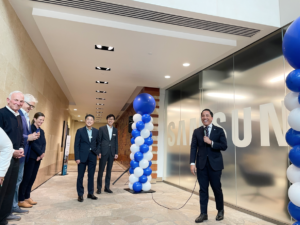
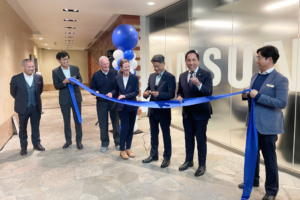 Samsung Semiconductor has had offices in San Diego since 2010, with an R&D center focused on SOC, modem systems, RF systems, multimedia, AI, and commercialization. The company employs more than 200 employees in San Diego with plans for additional growth.
Samsung Semiconductor has had offices in San Diego since 2010, with an R&D center focused on SOC, modem systems, RF systems, multimedia, AI, and commercialization. The company employs more than 200 employees in San Diego with plans for additional growth.
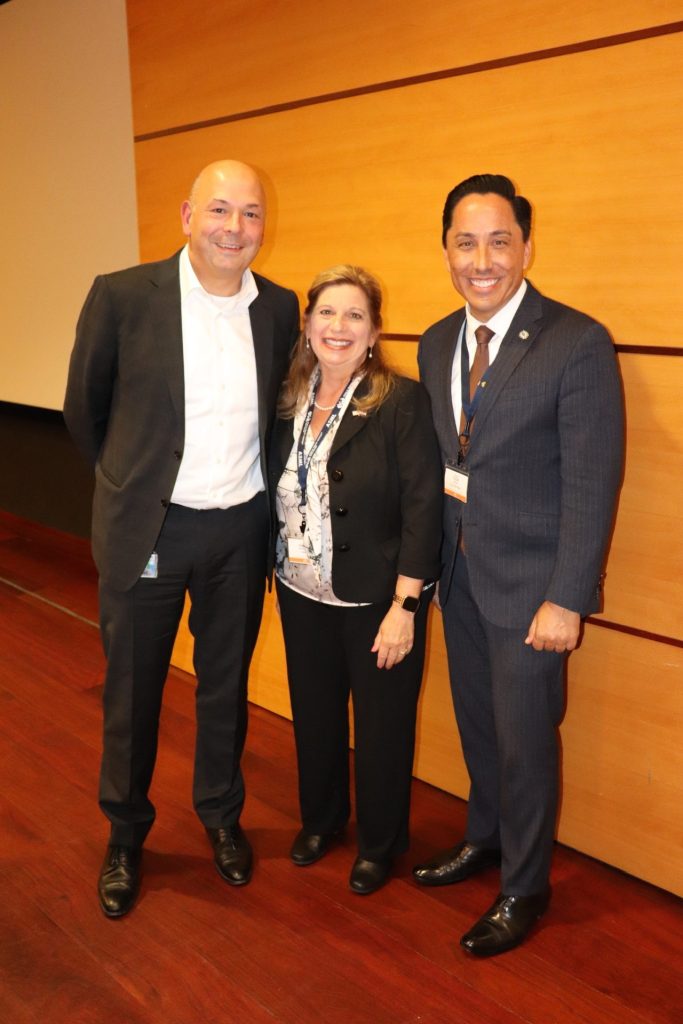 With major operations in San Diego, and more than 35,000 staff around the globe,
With major operations in San Diego, and more than 35,000 staff around the globe, 